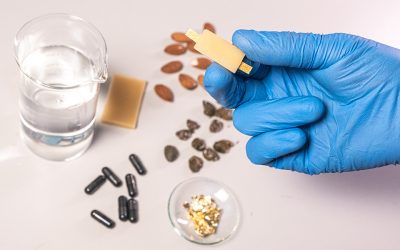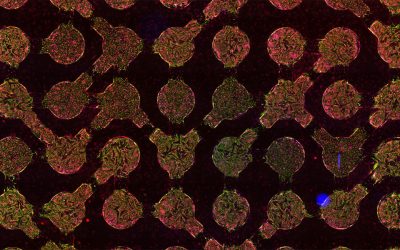Human skin can be regarded as a combination of mechanical sensors that detect external mechanical deformations. To replicate the human skin with electronic devices, pressure-sensitive rubber (PSR) has been widely used. However, its poor sensitivity is one of the critical hurdles for exact emulation of the human skin.
Now, a Korean research group has developed an effective method to enhance the sensitivity of PSR by introducing reverse-micelle-induced pores into conventional PSRs. This all-solution-based method is compatible with low-cost, large-scale manufacturing processes. Using this method, the team fabricated large area pressure-sensitive fabrics which could be applied to smart wearable products. In addition, wearable human-machine interfaces were used to remotely control a robot. These efforts will create new opportunities in personal wearable electronics and bio-medical devices.
















